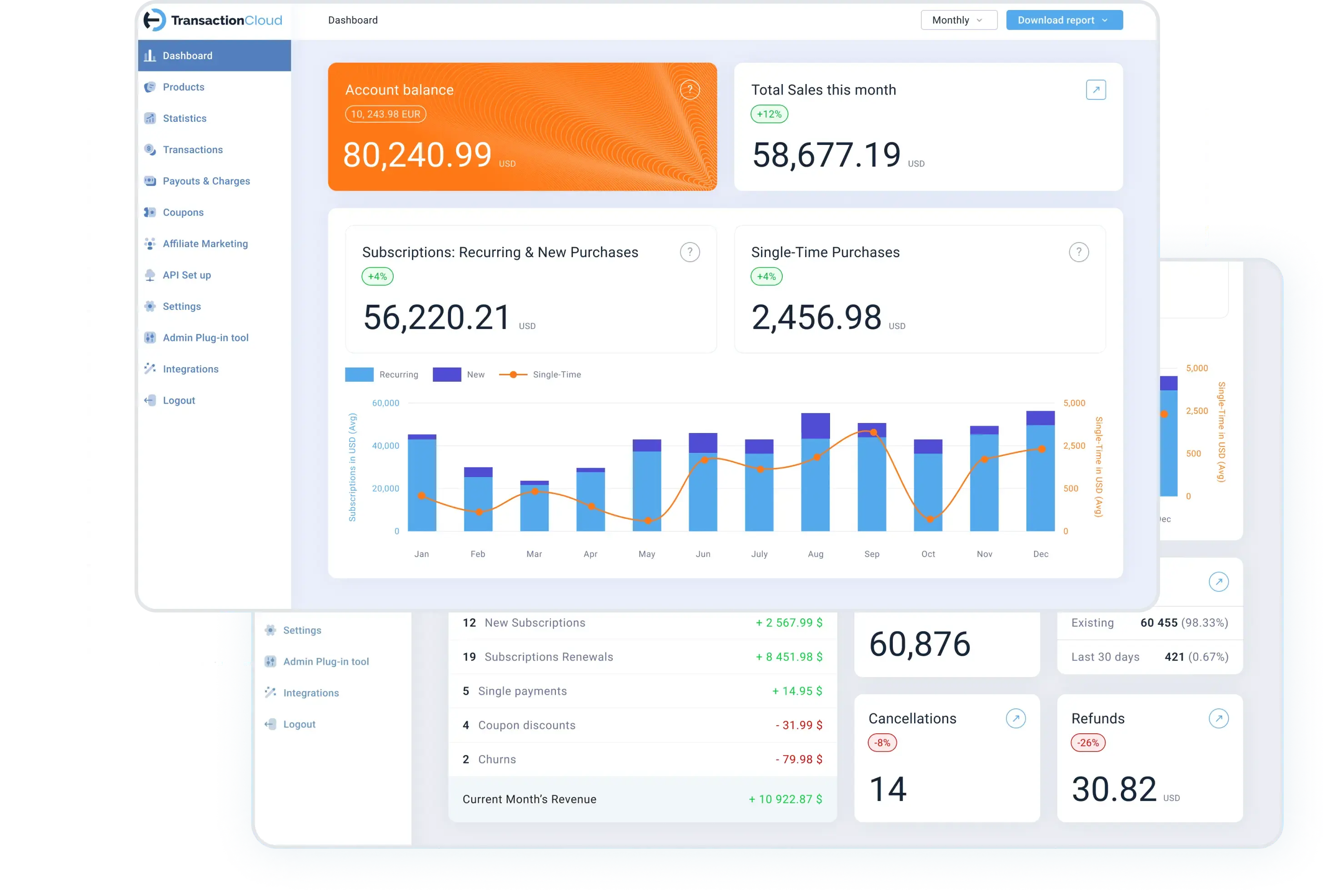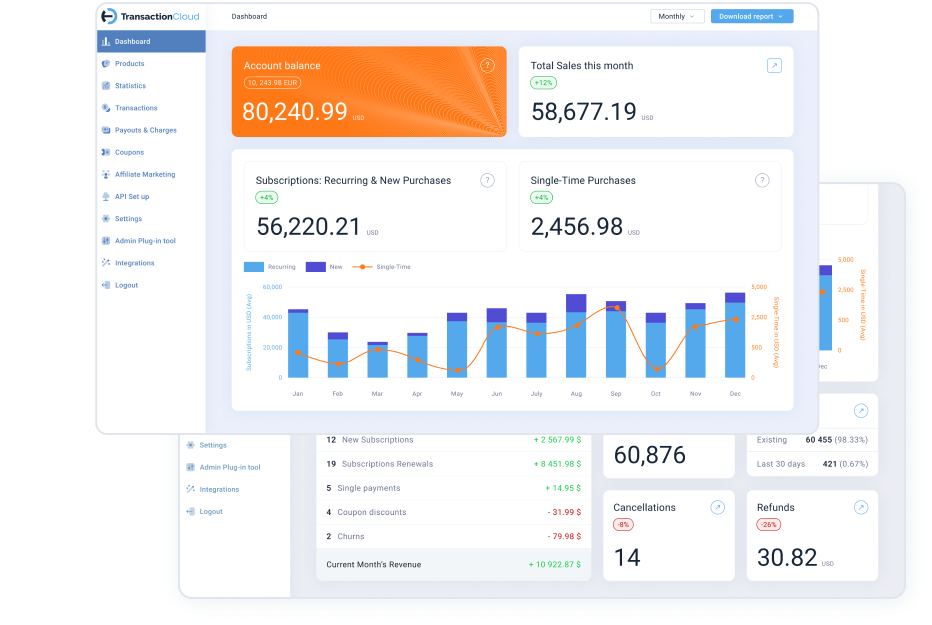You have developed an incredible SaaS product and now want to grow the customer base but you don’t know what metrics you need to focus on and optimize. Here are the key metrics that you should pay close attention to in order to grow your business rapidly.
1. Lead Momentum:
Lead Momentum basically indicates the growth rate of generated leads. Typically, the lead momentum has to be greater than the new revenue growth rate so that the business growth continues to accelerate. You can further increase your lead momentum by analyzing the source or marketing campaign that is generating the lead and optimizing them based on cost and performance.
2. Qualified Leads:
This metric indicates the number of leads that have a “real need” for your product. You can define real needs based on criteria for your own product. A very conservative definition of a qualified lead is the one that has budget, authority, need, and timeline. However, applying a conservative definition may result in disqualifying leads which might be door openers in a B2B environment. Additionally, you might miss out on new markets for your SaaS product. In general, the higher the number of qualified leads the better for your business. This metric should also be taken into consideration for optimizing your marketing efforts.
3. Revenue Per Lead:
As the name indicates it measures the revenue generated per lead. Some businesses take into account new revenue per subscription period while some take into account total revenue (new + recurring) per lead. You have some flexibility here but typically, your new revenue per subscription period per lead is a better indicator as it removes the skewed up stats that may result from some loyal recurring customers.
4. Cost Per Lead:
The objective of this metric is to lower the cost per lead by efficiently deploying your organization’s sales resources. In addition, insights from marketing analytics can be used to refine marketing campaigns in order to generate more leads with the marketing budget. Consequently, this will lead to lowering the cost per lead which is ideal.
5. Demo to Trial Ratio:
Demo of a SaaS product is critical for a customer to evaluate its effectiveness in meeting needs. Hence it is important to track the demo to trial ratio to a) uncover weakness in your demo b) collect voice of customer (VOC) feedback to further enhance your product and subsequently the demo.
6. Trial to Paid Ratio:
Both demo to trial ratio and trial to paid ratio combine to form your strike rate. Looking at it from a granular perspective with each ratio separately helps in identifying different issues that could be rectified to increase these ratios. If your trial to paid ratio is decreasing that means customers' needs have changed and your product doesn't completely meet those needs at this point in time. It could also mean that competition has a better product and there is a need for enhancing your product further. In either case, it is an opportunity for obtaining customer feedback that can unveil valuable insights for product development.
7. Customer Acquisition Cost:
Its easier to measure customer acquisition cost when you categorize your marketing budget by a) activities that lead to acquiring new customers and b) activities that are needed to maintain existing customers. Similarly, separating your sales and customer service teams into a) hunters and b) farmers help in getting an accurate estimation of your customer acquisition cost from a sales perspective. Combining a) from both sales and marketing gives an accurate picture of the customer acquisition cost. Though one might think that lower customer acquisition cost is better, your company might be better served by investing in under-utilized avenues of your customer acquisition strategy.
8. Monthly Recurring Revenue (MRR):
MRR provides some level of certainty regarding your base business and allows your business to invest in new initiatives that will help it in further expanding.
9. Customer Satisfaction:
This metric goes beyond the fact that higher customer satisfaction is better for your business. If you look at it from a granular perspective and categories the customers that exhibit high customer satisfaction these would certainly result in word-of-mouth marketing. On the other hand, the customers that are on the lower end of satisfaction are customers which may also result in word-of-mouth marketing although a negative one that will be detrimental for your business. The category of customers which are in the middle range of satisfaction are typically the ones that won't generate any word of mouth but may be vulnerable to your competition. Having a surgical strategy laid out to increase customer satisfaction for each of these categories will give a sustainable advantage over your competition.
10. Churn Rate:
If you divide the number of customers that you have lost in a period by the number of customers you gained in the same period then you get your churn rate. Needless to say, the lower the churn rate the better. Improving on your customer satisfaction and the perceived value that customer receives from your product will help in reducing your churn rate which will build momentum for your business to steamroll over the competition.

